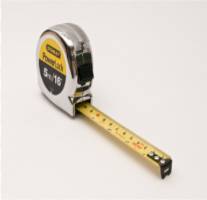Card

Jigsaw
This strategy breaks up complex readings into smaller parts to be shared among multiple students. This practice encourages students to share responsibility for one another's learning while developing group communication skills and practicing close reading.
Jigsaw
Summary
Each student is assigned to read one portion of a text and become the “expert” of that section. Once students have read their sections thoroughly, they form groups with one "expert" from each section to share their notes. The grouping can be done in many ways. Groups can be selected at the beginning of the activity and can then be assigned or volunteer for their portions of text at that point. Students can also divide into as many groups as there are sections of reading, and then each group can take a section, working together to become "experts." After thoroughly exploring their sections, groups can then split up into mixed groups, where each student in the group is an "expert" for a different section.
Procedure
Divide a reading into equal parts and number the sections.
Have students count off according to the number of sections in the reading selection. This number signifies the section of the reading the student will be in charge of.
Students read their assigned portion of a text, becoming an "expert" about that portion.
Students then organize into groups. Each group should contain at least one student expert from each section of text.
In groups, students share their notes on the portions of text they were assigned, ensuring that their groupmates have a thorough understanding of all the material in the text (not just their own section).
Extra Scaffolding: Groups may also start by having the same section and sharing first with one another, building each member’s confidence in the material before they share in their mixed groups.




